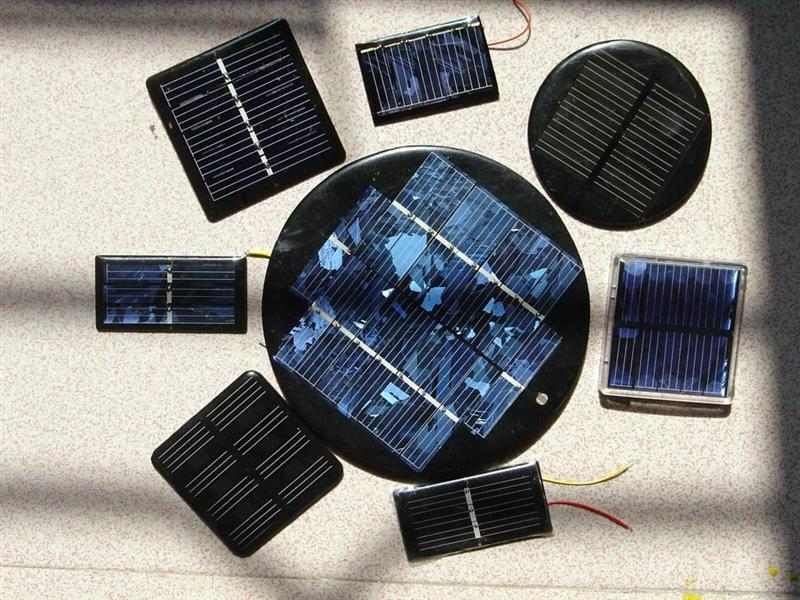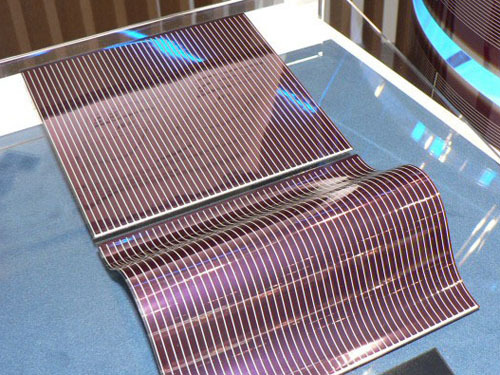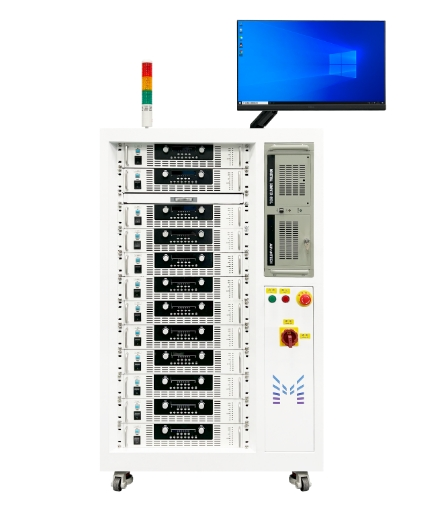
Quantum Efficiency Tester
PL/EL Integrated System
PV-Reflectumeter
3D Confocal Microscope
In-Line Four Point Probe Tester
Four Point Probe Tester
In-Line Thin Film Thickness Tester
Raman Spectrometer
FTIR Spectrometer
Spectrophotometer
Automatic Spectroscopic Ellipsometer
Contact Resistance Tester
Ultra depth of field 3D microscope
Auto Visual Tester
VMM PV Vision Measuring Machine
Solar Cell Horizontal Tensile Tester
Steady State Solar Simulator for Solar Cell
Solar Cell UV Aging Test Chamber
Solar Cell Comprehensive Tensile Tester
Visual Inspection Tester
Wet Leakage Current Tester
PV Module EL Tester
PV Module UV Preconditioning Chamber
Steady State Solar Simulator for PV Module
Current Continuous Monitor
Potential Induced Degradation Test
Bypass Diode Tester
LeTID Test System
Reverse Current Overload Tester
Impulse Voltage Tester
Hipot Insulation Tester
Ground Continuity Tester
Hipot Insulation Ground Tester
Damp Heat Test Chamber
Humidity Freeze Test
Thermal Cycle Test Chamber
Dynamic Mechanical Load Tester
Static Mechanical Load Tester
Hail Impact Tester
Robustness of Termination Tester
Module Breakage Tester
Cut Susceptibility Tester
Peel Shear Strength Tester
Universal Testing Machine (Single-arm)
Universal Testing Machine (Double-arm)
Glass Transmittance Tester
Acetic Acid Test Chamber
EVA Degree of Crosslinking Test System
Junction Box Comprehensive Tester
Drop ball tester
Semi-automatic scanning four-probe tester
Stylus Profilometer
Maximum Power Point Tracker
Perovskite Glass Transmittance Tester
Perovskite P1 Laser Scribing Multifunctional Testing Machine
Perovskite Online PL Tester
Perovskite Online Sheet Resistance Tester
Online Perovskite Film Thickness Tester
Perovskite Process Inspection Workstation
Portable IV Curve Tester
Portable EL Tester
Portable Thermal Imaging Tester
Solar Module Multi-Channel Testing System
PV Inverter Power Quality Tester
Drone EL Tester
IV Tester
IVEL Cell Sorting Machine
Configuration of Solar Panel Wiring
Date : 2024-01-26Views : 195
There are two types of inverters used in photovoltaic systems: microinverters and string inverters. Both feature MC4 connectors for improved compatibility. In this section, this issue of Millennial Solar will introduce you to each of them and their details.
String inverters and microinverters
String inverters or central inverters are the most common choice in photovoltaic installations and are suitable for solar panels connected in series or series-parallel. Central inverters convert DC power for the entire string, which is why they are recommended for PV systems that are not subject to partial shading.
Microinverters can be used for PV installations that will or will not be partially shaded, and even those that will be modularly expanded in the future. Microinverters convert DC power from a single module into AC power, with a 120V AC output, which is why solar arrays with microinverters are specifically connected in parallel.

Solar array configuration
Planning your solar array configuration will help you ensure the correct voltage/current output of your PV system. In this section, we will explain what these projects are and why they are important.
Maximum DC input voltage
The maximum DC voltage must be limited for safety reasons, NEC regulations and compliance with the technical specifications of the string inverter. Under NEC regulations, residential PV systems are limited to 600V, but this may vary depending on the central inverter.
Minimum DC input voltage
A minimum DC input voltage is required to start up a string inverter, which is why this is an important planning configuration for PV systems. This number varies greatly depending on the model and brand chosen.
Maximum DC input current
The maximum DC input current is limited by the inverter specifications. This value is designed after the current-voltage curve (IV-curve) of the solar cell. This is an important factor to consider when connecting solar panels, as the system DC output should not exceed the maximum input current of the inverter.
MPPT tracker quantity
The MPPT tracker optimizes the power output of photovoltaic systems considering the IV curve. Centralized inverters with multiple MPPT trackers can optimize the power output of solar panel strings with different specifications, allowing you to connect more complex solar arrays to the inverter. If your inverter has two or more MPPT inputs, make sure to utilize them correctly, especially in scenarios with multiple directions or shadow effects.

Current Continuity Testing System
Current Continuity Testing System is specially designed for the 10.11 high and low temperature cycle test clauses and 10.12 humidity and freezing test clauses in the IEC61215 standard. It mainly includes providing stable DC power, current recording, temperature recording and temperature control functions. Through temperature control of the DC power supply, it can monitor multiple currents and temperatures in real time for a long time. Used in conjunction with the high and low temperature cycle box, it can monitor the internal circuit continuity of multiple photovoltaic modules. Determine the fatigue resistance of the material, the rationality of the lamination process, and the stability of the welding quality of the solar cell module in high and low temperature alternating environments.

E-mail: market@millennialsolar.com
That’s it for this issue’s basic knowledge on photovoltaic cell configuration. The technology of the photovoltaic industry is iterating very rapidly. Millennial Solar has also been continuing to learn. We hope that the information shared can improve it with everyone.

































































